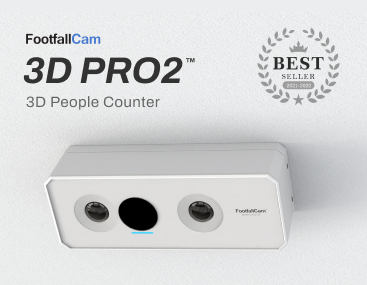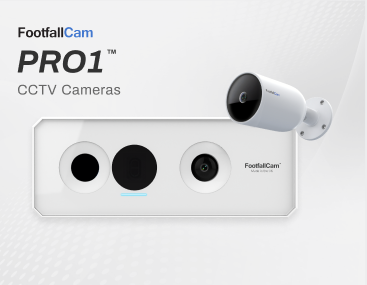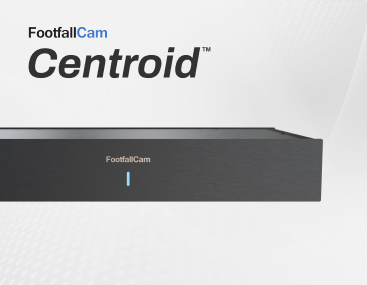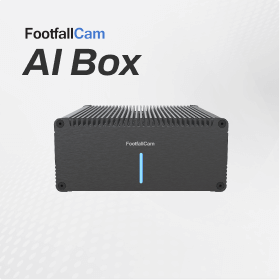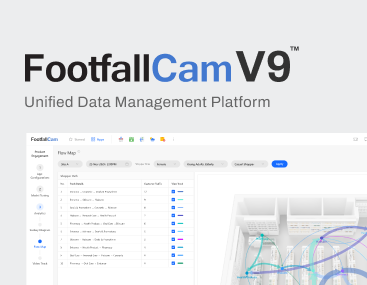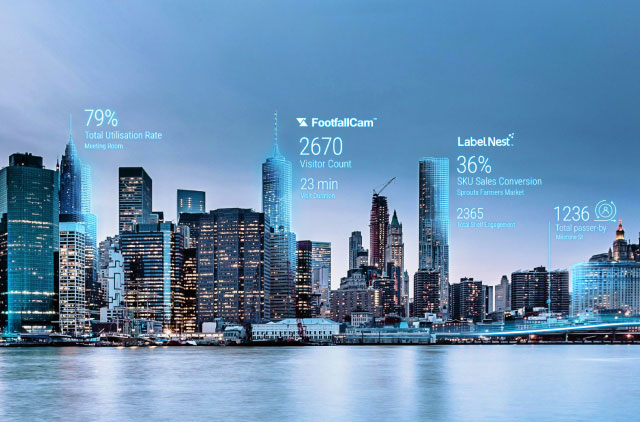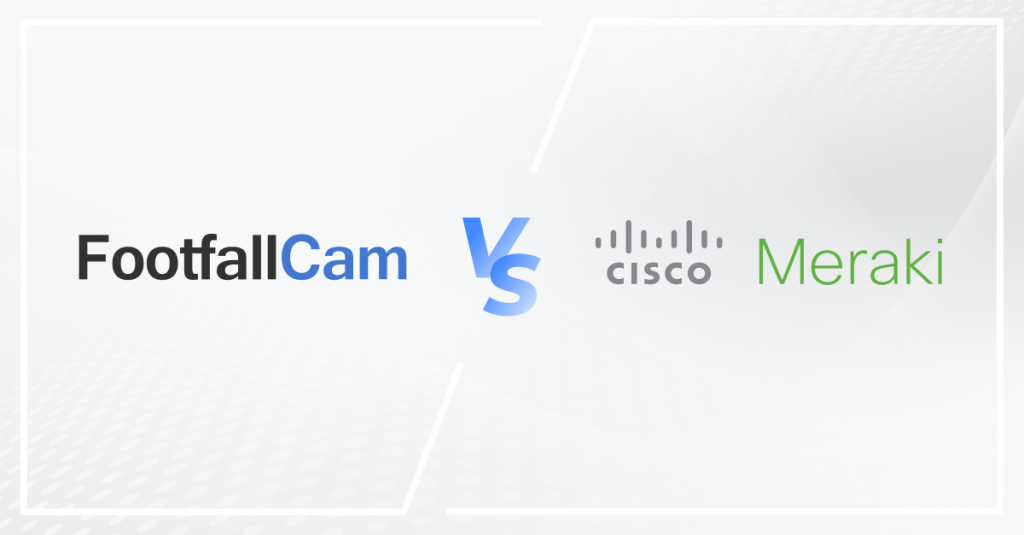
In the world of retail analytics, WiFi-based people tracking has become a common feature among enterprise network providers. Cisco Meraki, a well-known name in network infrastructure, offers basic location analytics using WiFi signal detection. But how does it compare to FootfallCam, a company built from the ground up to provide accurate people counting and behaviour analytics?
Let’s break it down.
What is WiFi Analytics?
Meraki’s WiFi analytics work by detecting mobile devices that emit WiFi probe requests. These probe signals can be used to estimate how many people are nearby, how long they stay, and how often they return. On paper, it sounds great — the infrastructure is already in place, and there’s no need for extra hardware.
But in reality, this approach is deeply flawed for retail use.
1. People ≠ Devices
WiFi analytics track devices, not people. And with modern smartphones now using MAC randomisation and aggressive power-saving features, it becomes difficult — if not impossible — to distinguish between new and returning visitors, count groups or families, or accurately measure dwell time. A person carrying three devices might be counted as three separate visitors. Another person might not be counted at all.
2. Estimations vs. Accuracy
Meraki can only provide directional trends. Because it relies solely on signal detection, it can’t validate footfall data against a physical count. FootfallCam, on the other hand, uses 3D vision sensors and AI to identify people — not signals. The result is consistently high counting accuracy (95–98%) that has been audited and validated in thousands of retail deployments.
3. Retail Use Cases Demand More
Meraki’s dashboard can show how many devices were present over time — but it cannot tell you:
- Where people moved in-store
- How long they waited in a queue
- What percentage of passersby entered your store
- Whether your promotion increased foot traffic at the entrance
- What demographics (age, gender) visited different zones
FootfallCam does all of this — and more. Our analytics software was purpose-built for retail operations, not IT monitoring.
4. Real-Time Operational Use
Want to trigger alerts when a store is overcrowded or when a cashier queue exceeds five minutes? Meraki can’t help you there. FootfallCam provides real-time data suitable for staff redeployment, cleaning alerts, energy automation, and live occupancy control.
5. Privacy Compliance
Meraki’s analytics rely on device MAC addresses — which have serious implications under privacy laws like GDPR and CCPA. FootfallCam avoids this issue by focusing on anonymous head and body detection, ensuring compliance from the ground up.
So Where Does Meraki Fit?
Cisco Meraki remains an excellent choice for network infrastructure and enterprise-grade WiFi. But its analytics features are a side dish — not the main course. For IT teams, they offer a nice glimpse of traffic. But for retail operations and marketing, they simply aren’t enough.
That’s where FootfallCam comes in.
We don’t replace Meraki — we complement it.
Our sensors can be deployed alongside your existing infrastructure, providing precise, business-actionable insights while leveraging your existing WiFi network where needed.
Conclusion: Build on Data You Can Trust
Retailers shouldn’t settle for estimations. With store formats evolving, staff efficiency under scrutiny, and real estate costs rising, you need precision. FootfallCam delivers it — through calibrated, privacy-friendly people counting and in-depth behaviour analytics that WiFi alone can’t provide.
If you’re using Meraki analytics today and want to see how FootfallCam can bring your data to life, get in touch with us. We’d be happy to show you the difference.
#footfallanalytics #footfallcam #peoplecounter #peoplecounting

